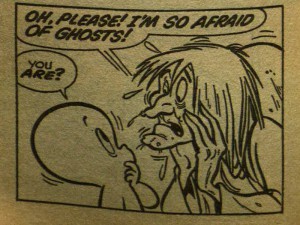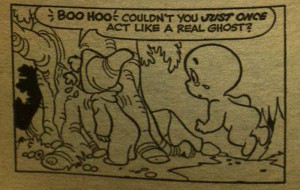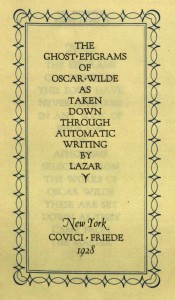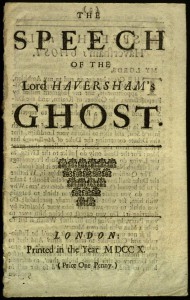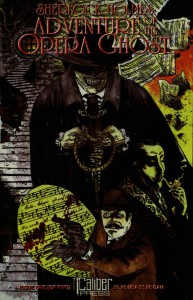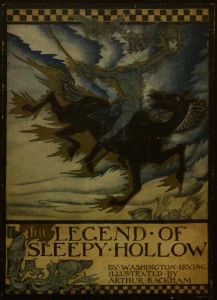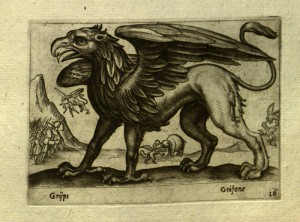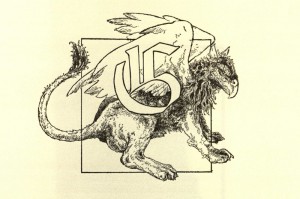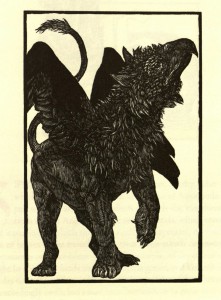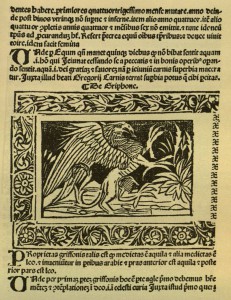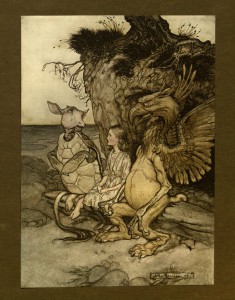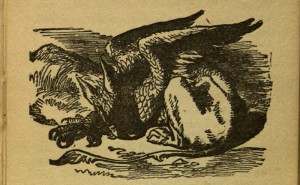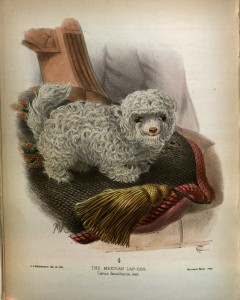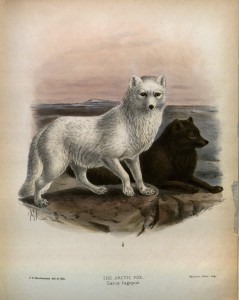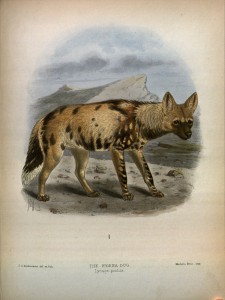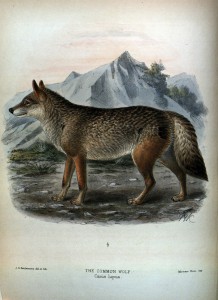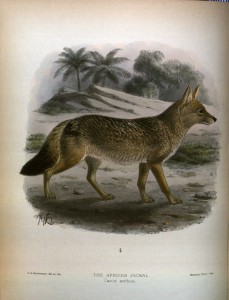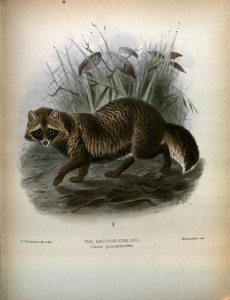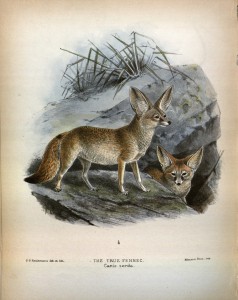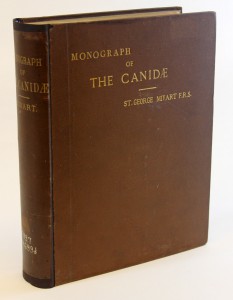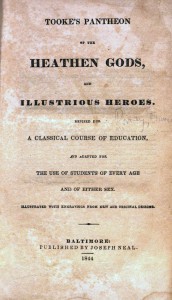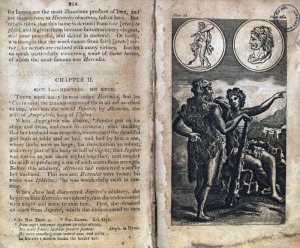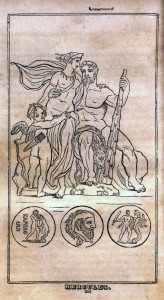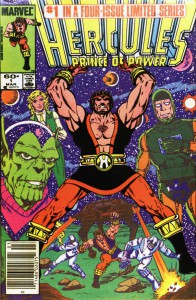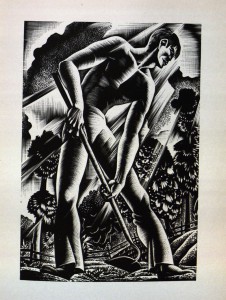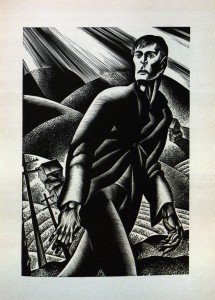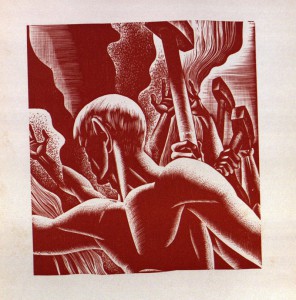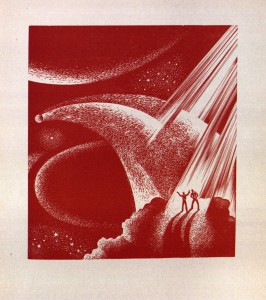While sometimes our stacks can certainly feel like they're haunted, the only ghosts we know live here are the ones in our books! From Casper the Friendly Ghost to the Headless Horseman, our shelves are inhabited by a large variety of spirits. We even have books claiming to be written by ghosts, such as the Ghost Epigrams of Oscar Wilde, and collections of ghost stories spanning the years.
Automatic writing allows a person to channel the supernatural to produce written words without consciously writing. In this case, allowing the figure of Lazar to write pages worth of witty epigrams from the spirit of Oscar Wilde.
In this pamphlet, a speech is recorded from the ghost of Lord Haversham, who was so disturbed by some of the carrying-ons of the Parliment that he returned as a ghost after his death to give this speech to the House of Lords in 1710.
Even Holmes and Watson join the fray in the fight against evil spirits in these crossover comics that pit the famous consulting detective and his biographer against the opera ghost, or the Phantom of the Opera.
One of the more well-known ghosts in American literature is that of the Headless Horseman from Washington Irving's short story "The Legend of Sleepy Hollow." Also a terrifying figure in other European folktales, a common theme among all depictions is that, where this spirit shows up, death usually follows.
So if these books make you want to take up ghosthunting this October, you know who to call. (Hint: it's us, Special Collections!)
